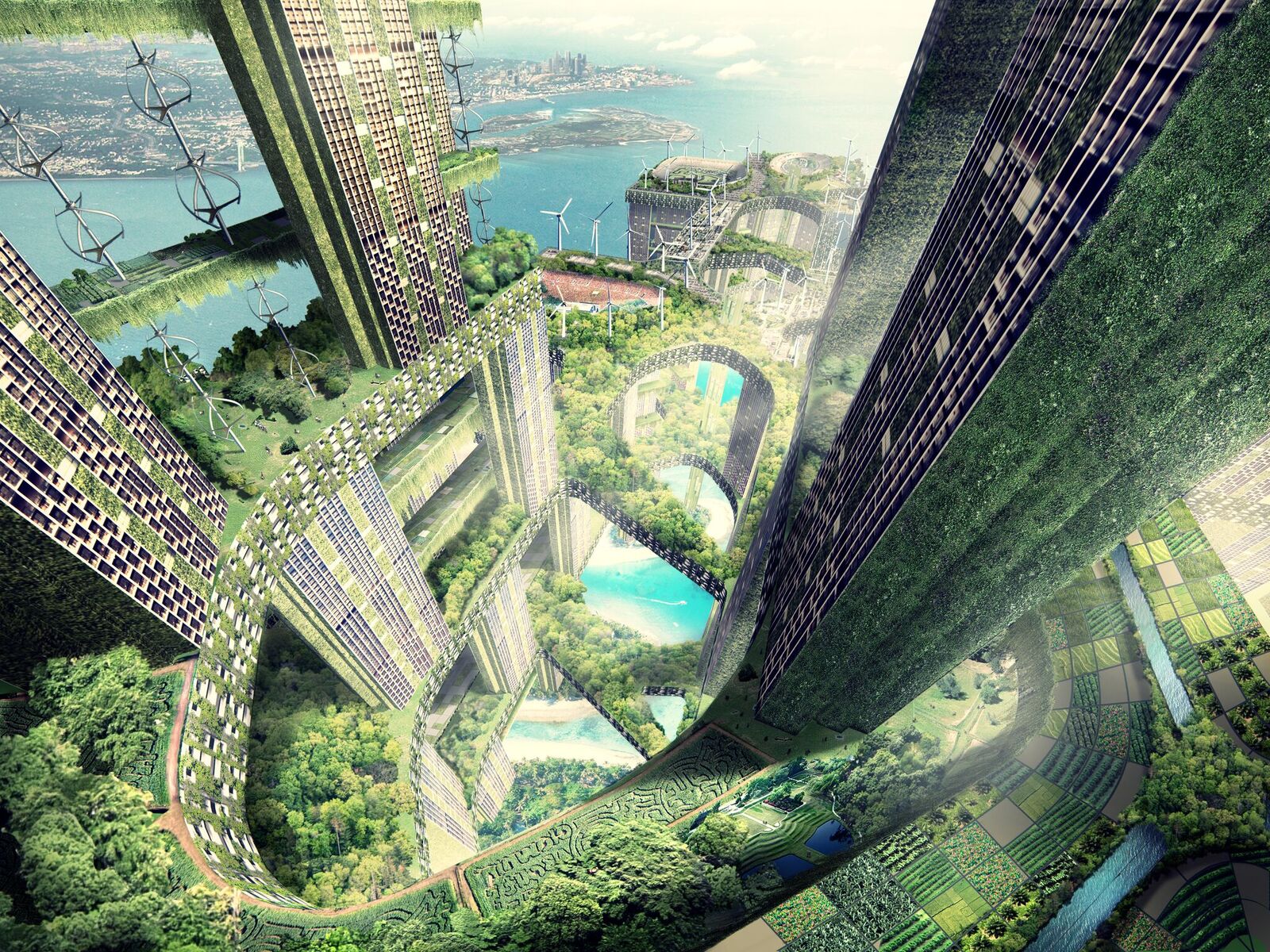Last week, Singapore-based WOHA Architects opened an exhibition at the Mextropoli Festival in Mexico City, bringing the firm’s award-winning, environmentally friendly and place-making work to Latin America for the first time. A+A interviewed the architects via email late last week:
How did WOHA get involved with Mextropoli?
Miquel Adria, Director of Arquine, organizer of the Mextropoli Festival saw our immersive video installation, “Fragments of an Urban Future” at the 2016 Venice Biennale. He thought the themes explored in WOHA’s installation would be a good fit for the 2017 Mextropoli Festival, and invited us to bring the installation to Mexico City and give a lecture.
What does the Urban Ecosystems of Design exhibition entail?
“The Urban Ecosystems of WOHA” exhibition shows 16 architectural models, drawings and large-scale photography of WOHA’s built and visionary works over two decades, with immersive video projections that propel visitors on an experiential journey through our recent sustainable skyscrapers in Singapore. It explores various themes from our Garden City Mega City book, written and published by Patrick Bingham-Hall of Pesaro Publishing.
What is the intent and inspiration behind your designs?
From the formation of our practice, our design intentions are to find solutions for living well on an increasingly overcrowded planet. For those of us in the tropical belt, the problems of the future are not academic and far removed, but surround us and are urgent and real. Rapid urbanization and overcrowding in mega-cities have caused green, open, civic spaces to shrink at an unprecedented rate while chronic traffic congestion, vehicular and industrial pollution further worsen the city’s environmental conditions. To address these problems and create livable cities, we are looking at high-density, high-amenity designs, where we provide solutions – not only for basic spatial needs, but also for quality of life needs such as green spaces, community spaces, nature spaces, and civic spaces within large developments (i.e. “cities within cities”). The city becomes more hospitable and enjoyable, rather than feeling increased pressure on the same old facilities.
What built projects best represent these aspects in your work?
PARKROYAL on Pickering, Singapore: The project is part of our continuing research into vertical greening and sustainable high-rise developments, and how we can make new kinds of constructed environments that reflect how people want to live in the world. This building combines many elements – city hotel, resort hotel, civic building, mountain, grotto, cliff – it is both rough and smooth, man-made and naturalistic. People respond to it very emotionally – point to it, take pictures, want to go inside and explore every nook and corner. The development is generous to the city too, just walking past it you have an experience of gardens, fountains, reflection pools and lush tropical landscapes – and the neighbors all look into the gardens too. It is not a shiny sculpture to admire from afar; it is an open, porous and interactive environment that participates in the life of the city.
The Oasia Hotel Downtown, Singapore: The building is a prototype of land use intensification where despite the building covering the entire site; it actually increases the green space, the community space in the city rather than adding pressure to existing amenities. In contrast to the glassy high-rise towers in Singapore’s Central Business District, our project has a green plot ratio of over 1000% and 4 entire levels of gardens and social spaces for the building’s users. People in the city can access the hotel public areas, and just walking past gives an experience of lush diverse nature from the 21 species of creepers that cover the façade.
Alila Villas Uluwatu, Bali Indonesia: A very special project due to the resort’s total integration of the site, architecture, interiors and accessories, where we designed every element. It is also one of the most enjoyable projects we have worked on, despite the challenges. A passionate client, knowledgeable and committed consultants, skilled craftsmen and a beautiful site made the process a labor of love. We do get lots of emails from people saying that they had an extraordinary experience of living in harmony with nature and landscape in the resort, which is wonderful.
For more, go here.
[slideshow id=1765]


